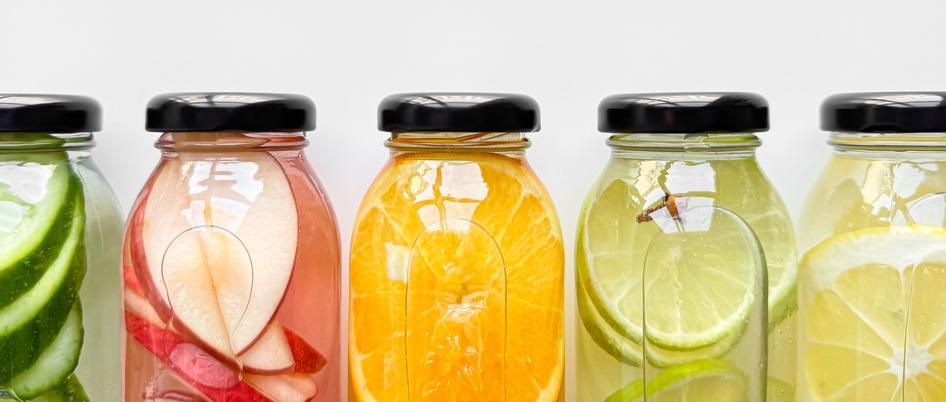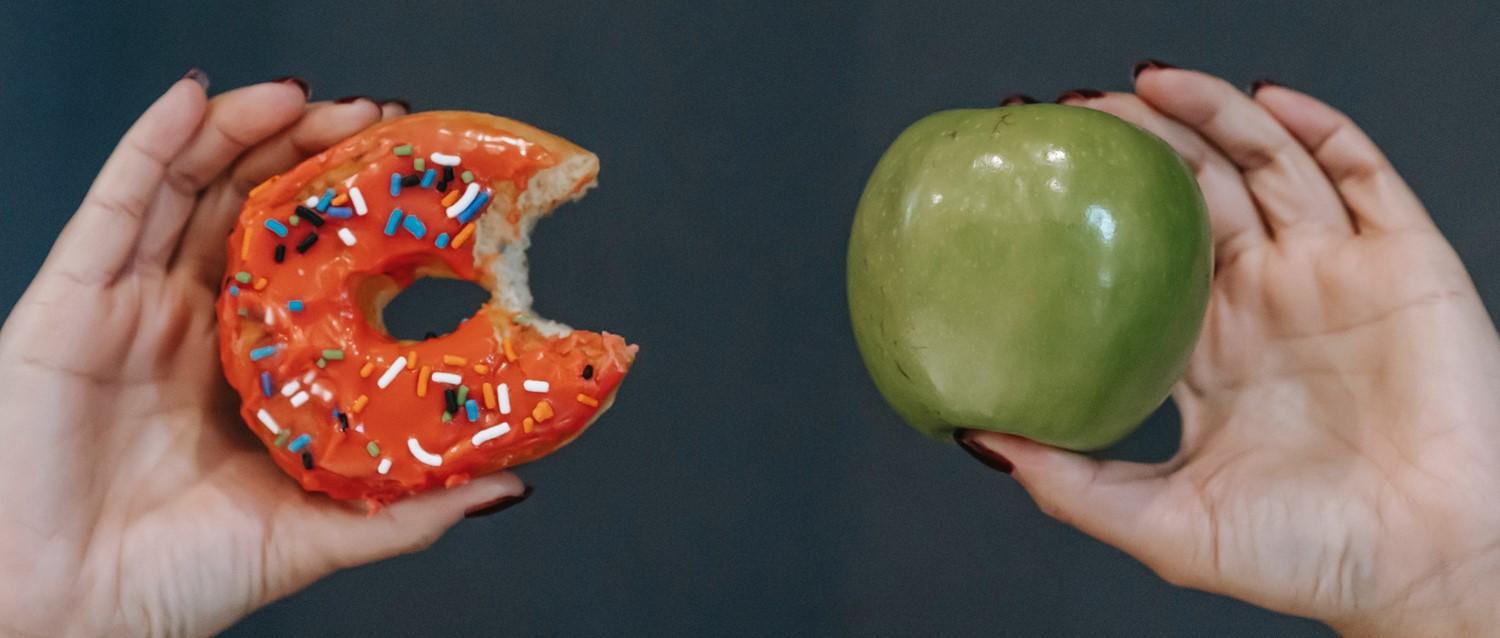
Healthy packed lunch ideas for school
Peer reviewed by Dr Colin Tidy, MRCGPLast updated by Victoria RawLast updated 17 Aug 2025
Meets Patient’s editorial guidelines
- DownloadDownload
- Share
- Language
- Discussion
School lunches packed with vitamin-rich superfoods would do our children the world of good. However - in reality - children may be fussy eaters, parents are often busy and budgets may be tight. So how can you pack a lunch that's both nutritious and appealing to your child?
In this article:
Continue reading below
What's in a typical school meal?
When it comes to school meals, government guidelines in England state that schools should provide a balanced offering for lunches.
School meals should include:
Plenty of fresh fruit and vegetables - one or more portions every day.
Unrefined starchy foods such as wholegrain bread or pasta - one or more portions every day.
Meat or poultry - three or more days each week.
Oily fish - once or more every three weeks.
Dairy foods - one portion every day.
They should also severely limit foods high in fat, sugar and salt.
Schools are expected to limit the intake of certain foods and ensure a wide variety of healthy, fresh food options. Even government guidance allows for a little treat a few times a week, with fried and high-sugar foods not completely off the menu.
While most schools are signed up to these healthy eating standards, it's important you check with your individual school. They may also provide you with a menu to look at. But providing you are happy with the menu, school meals can pack a nutritional punch that is hard to beat.
These school meal guidelines are in place to guarantee that your children are offered a balanced, healthy diet with plenty of vegetables and fruit. Even if they're picky eaters, it might be worth trying this option, as children are often influenced by what their peers eat.
Creating a filling packed lunch
It's important that your child's packed lunch is healthy, nutritious and sufficiently filling.
Bahee Van de Bor, paediatric dietitian and spokesperson for the British Dietetic Association, explains that growing children need the right nutrition to develop and learn at school.
"Iron-rich foods have a role in thinking and memory to support learning," she says. "Slow releasing and high-fibre carbohydrate foods will help fill hungry bellies so they feel full and satisfied during the school day."
Packed lunch ideas for slow-release carbs:
Sandwiches with wholemeal bread.
Wholemeal pasta salad.
Packed lunch ideas for iron-rich foods:
Dried fruit snacks, such as apricots.
Pasta or salad additions - for example, beans, chicken, eggs, or lentils.
Make sure you pack plenty of fresh fruit and vegetables. Research shows a clear link between higher fruit and vegetable intake and better mental health wellbeing among secondary school pupils.
Packed lunch ideas
A healthy packed lunch should contain a good balance of health-giving foods, fruits and vegetables.
Van de Bor says a nutritious lunch box will have the right balance of:
High-fibre carbohydrate-rich foods - such as wholemeal bread, pasta, and flatbreads.
Iron-rich protein foods - such as meat, chicken, and lentils.
A side of calcium-rich foods, such as yoghurt, cheese or a cream cheese spread.
At least one serving of fruit and vegetables for vitamins and minerals.
What does this look like?
This healthy packed-lunch may seem a little overwhelming at first glance.
However, in food terms could be achieved with:
A tuna mayo sandwich on brown bread.
A yoghurt.
A banana.
Or
A wholemeal flatbread cheese sandwich with tomato.
A low-sugar dairy-rich dessert on the side.
A side of strawberries and blueberries.
What about drinks?
When it comes to drinks, water is best to fuel your child's mind and body throughout the day. Not all children will drink water on its own, but you can try adding a slice of lemon or orange to add flavour.
These alternative drinks are also beneficial:
Homemade fruit juices or smoothies - are packed with vitamins but beware of the sugar content. These could be given one or two days a week or diluted with water to make them healthier.
Whole milk - to promote bone health.
Try to avoid shop-bought fruit juices and fizzy drinks. These usually contain refined sugars, additives, and chemicals which aren't nutritious, can damage your child's teeth, and may increase their chance of obesity.
While there are many inspirational websites for packed lunch ideas, they don't have to be fancy or filled with hard-to-source and expensive grains to provide the best nutrition for your child.
However, it is a good idea to regularly introduce your child to new foods. For example, putting in something extra - such as a carrot stick - can help improve their understanding of the types of healthy foods available, even if they don't eat it.
Continue reading below
Healthy treats
While it's important to keep an eye on the overall lunch box content, realistically most parents will want to slip in a little treat from time to time. Guidance to schools for school meals allows for small amounts of fried and high-sugar foods - up to two servings of fried or breadcrumb coated food per week - as well as yoghurt or fruit-based desserts containing at least 50% fruit.
If you can include sweet - but relatively healthy - snacks that your child views as a treat, even better.
Examples include:
Flapjacks made with dried fruit and honey - instead of refined sugar.
Colourful vitamin-rich smoothies.
Adding lemon or orange slices to water.
Moderation is key, and being too restrictive about what your child eats can cause stress, or issues later in life. In addition, often friends will have a treat in their packed lunch, and your child may feel pressure to have something similar.
Likewise, school dinners will offer a pudding of some sort. It's all about variety, moderation, and an overall healthy balance.
Patient picks for Healthy eating

Diet and nutrition
How healthy is flavoured water?
Many of us enjoy adding flavour to regular water to make it more attractive to our taste buds. This can be done in a variety of ways - from using classic cordials to modern water enhancers. But are there more natural ways to keep your body hydrated?
by Victoria Raw

Diet and nutrition
How to keep your child eating healthily at secondary school
Over half of the nation's teenagers are buying unhealthy food on a regular basis during their school lunch breaks. What can you do as a parent to encourage your child to make healthier choices, and how can you encourage schools to provide more healthy food options that are both appealing and affordable?
by Amberley Davis
Continue reading below
Article history
The information on this page is peer reviewed by qualified clinicians.
Next review due: 17 Aug 2028
17 Aug 2025 | Latest version
3 Aug 2023 | Originally published
Authored by:
Gillian Harvey

Ask, share, connect.
Browse discussions, ask questions, and share experiences across hundreds of health topics.

Feeling unwell?
Assess your symptoms online for free
Sign up to the Patient newsletter
Your weekly dose of clear, trustworthy health advice - written to help you feel informed, confident and in control.
By subscribing you accept our Privacy Policy. You can unsubscribe at any time. We never sell your data.